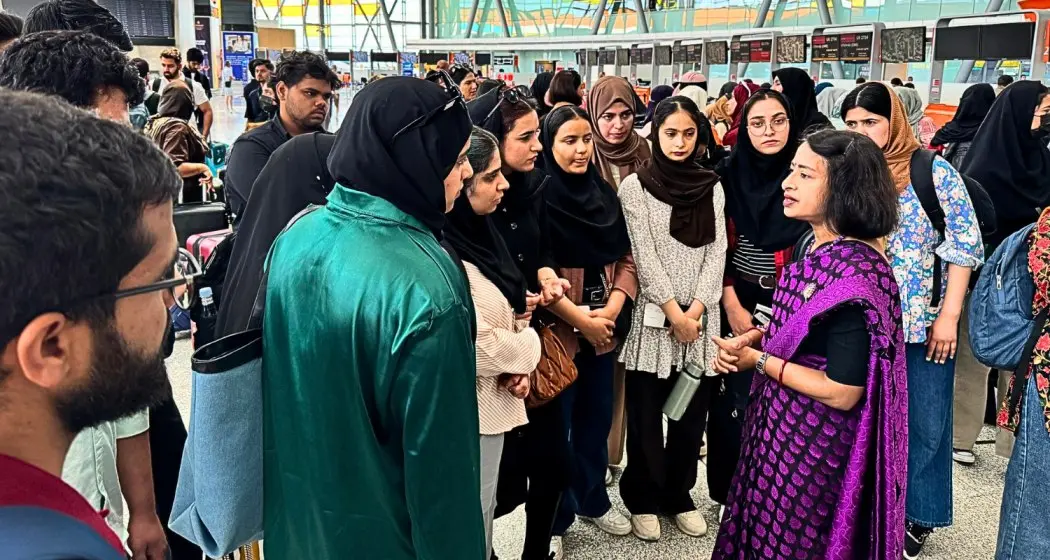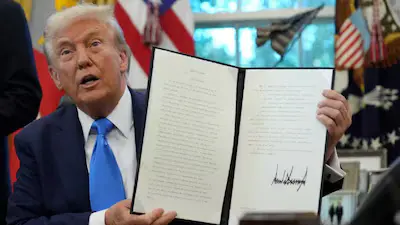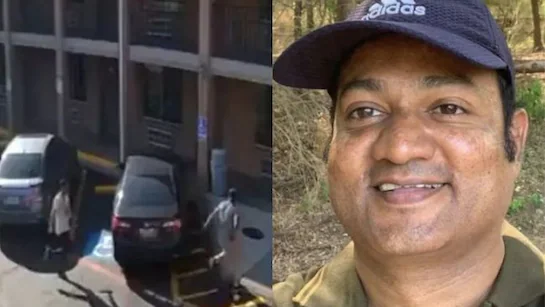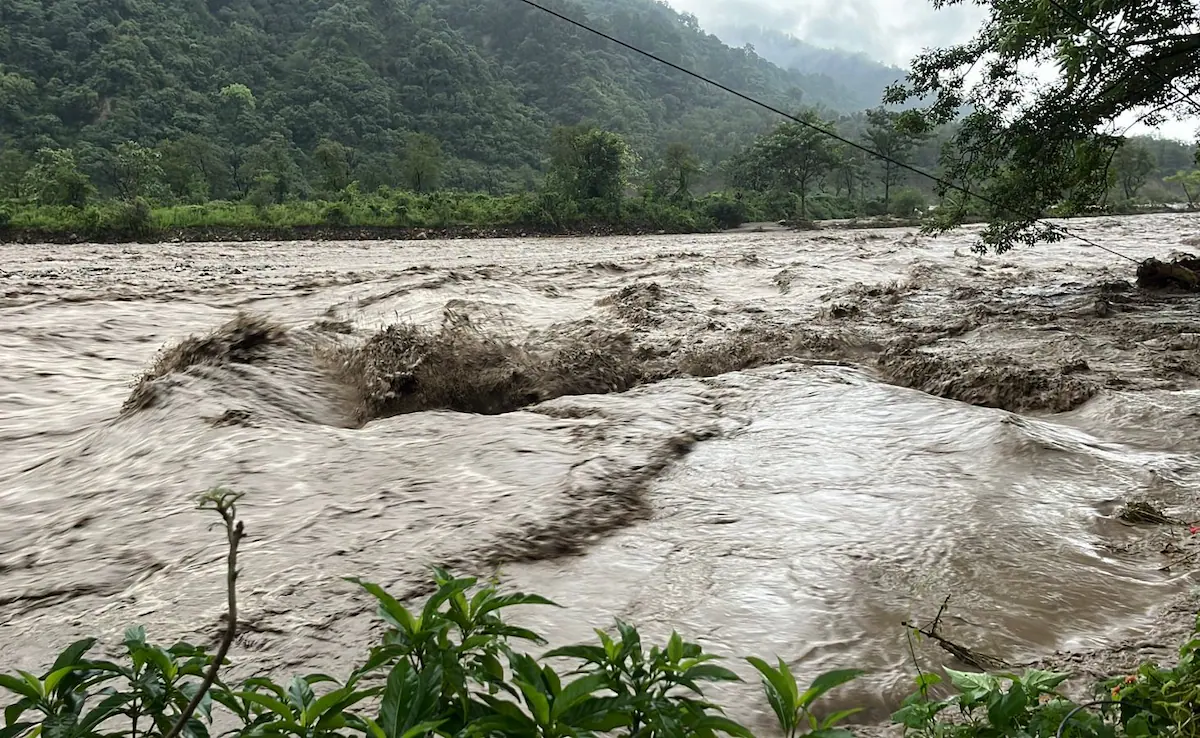Operation Sindhu: India Evacuates Students from Iran Amid Israel-Iran Conflict
In a swift and well-coordinated humanitarian effort, the Government of India has launched Operation Sindhu to evacuate its citizens—primarily Indian students—stranded in Iran due to the escalating Israel-Iran conflict. This proactive mission reflects India’s longstanding commitment to the safety and welfare of its nationals abroad.
What Is Operation Sindhu?
Operation Sindhu was launched by the Ministry of External Affairs (MEA) on June 18, 2025, as tensions between Israel and Iran intensified following missile attacks on June 13. The mission aims to extract over 4,000 Indian nationals, including more than 2,000 students, caught in the crossfire.
The operation's name, “Sindhu”, is a symbolic reference to the Indus River, signifying ancient cultural ties between India and the broader region of West Asia.
First Batch of Evacuees Arrive Safely
The first wave of Operation Sindhu was successfully executed on the night of June 18, when a group of 110 Indian students, mostly from Urmia Medical University, were airlifted from Yerevan, Armenia to New Delhi.
The students had initially traveled by road to Armenia, escorted by Indian officials and local authorities, showcasing India's diplomatic coordination and logistical efficiency. They landed safely at Indira Gandhi International Airport early on June 19, 2025.
Multi-Nation Evacuation Route
Given Iran’s rapidly deteriorating security environment, especially near its western and central borders, India opted for a multi-nation evacuation strategy:
-
Students were transported overland to Armenia and Turkmenistan.
-
From there, they boarded special charter flights arranged by the Indian government.
-
Evacuees were provided food, accommodation, and emergency medical aid during transit.
The MEA confirmed that similar corridors are being arranged for further evacuation efforts in coordination with neighboring countries.
24x7 Helplines & Embassy Assistance
The Indian embassies in Tehran, Yerevan, and Ashgabat have activated round-the-clock control rooms and hotlines for Indian nationals seeking evacuation. Helplines are helping students, workers, and families reach designated pickup zones for safe transport out of Iran.
Kirti Vardhan Singh, Minister of State for External Affairs, emphasized the government’s commitment:
“We are in touch with all embassies and partners to ensure the safety of every Indian stranded in Iran. Operation Sindhu will continue until every citizen is safely home.”
Why Operation Sindhu Was Urgently Needed
On June 13, 2025, a sudden escalation between Israel and Iran led to widespread missile exchanges and airstrikes, especially in areas close to civilian zones. Indian students studying medicine and engineering in Iranian universities reported severe disruptions, including closure of hostels, classes, and internet access.
Parents in India raised concerns about communication blackouts and urged the government to intervene. In response, MEA acted promptly by mobilizing Operation Sindhu.
India’s Legacy of Global Evacuations
Operation Sindhu joins a growing list of successful Indian evacuation missions:
-
Operation Ganga (2022): Evacuated 18,000 Indians from war-hit Ukraine.
-
Vande Bharat Mission (2020): Repatriated millions during the COVID-19 pandemic.
-
Operation Kaveri (2023): Rescued Indians from conflict-ridden Sudan.
These missions showcase India's readiness and diplomatic strength during global crises.
What’s Next?
India has plans to:
-
Deploy additional flights from neighboring nations.
-
Continue land convoys in collaboration with local forces.
-
Provide emotional and legal support to Indian students stuck in isolated cities across Iran.
As of June 19, around 3,900 Indians remain in Iran. The government assures that all will be repatriated in phased evacuations over the coming days.
Human Stories Behind the Mission
Students returning from Iran shared heartfelt stories:
-
“We heard explosions in the distance. Our classes were cancelled. We didn’t know if we would make it back,” said Rohan, a final-year medical student.
-
“The moment I saw the Indian flag on our rescue bus, I cried,” said Ayesha, one of the evacuees.
Their stories underline the importance of government-led humanitarian outreach in uncertain times.
Conclusion
Operation Sindhu is not just an evacuation—it is a demonstration of India’s diplomatic agility, crisis preparedness, and humanitarian values. With meticulous planning and cooperation across international borders, India once again proves that the safety of its citizens is paramount, no matter where they are.









